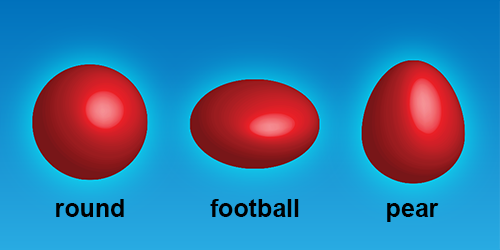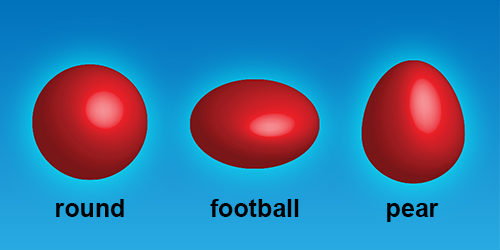Nucleus is Surprisingly Pear Shaped
Most nuclei are round or slightly squashed, like a football. But in certain nuclei, protons and neutrons arrange in a more pear-shaped configuration. Only a handful of these distorted nuclei have been seen in experiments. Now, researchers have confirmed that barium-144 ( ) is a member of this exclusive club. Moreover, it may be more distorted than theorists expected, a finding that could challenge current nuclear structure models.
The most direct test of whether a nucleus is pear shaped is to look for so-called octupole transitions between nuclear states, which are suppressed in more symmetric nuclei. Using this method, researchers have confirmed that radium-224, radium-226, and a few other heavy nuclei are pear shaped. For decades, theorists have predicted that , a relatively light nucleus, should also be asymmetric. But until now, there were no techniques that allowed a sufficient number of the short-lived barium isotopes to be prepared and studied before they decayed.
A team of scientists from the US, the UK, and France used Argonne National Lab’s CARIBU fission source and ATLAS accelerator to prepare a beam of , which they collided with a lead foil to kick the nuclei into excited states. By analyzing the spectrum of gamma rays emitted by the nuclei, the researchers found that the strengths of several octupole transitions—and hence the distortion—were more than twice the values predicted by nuclear structure models. The finding might mean that these models need to be revised. But it’s too soon to say because the experimental uncertainty in the measured distortion is still large.
This research is published in Physical Review Letters.
–Jessica Thomas





